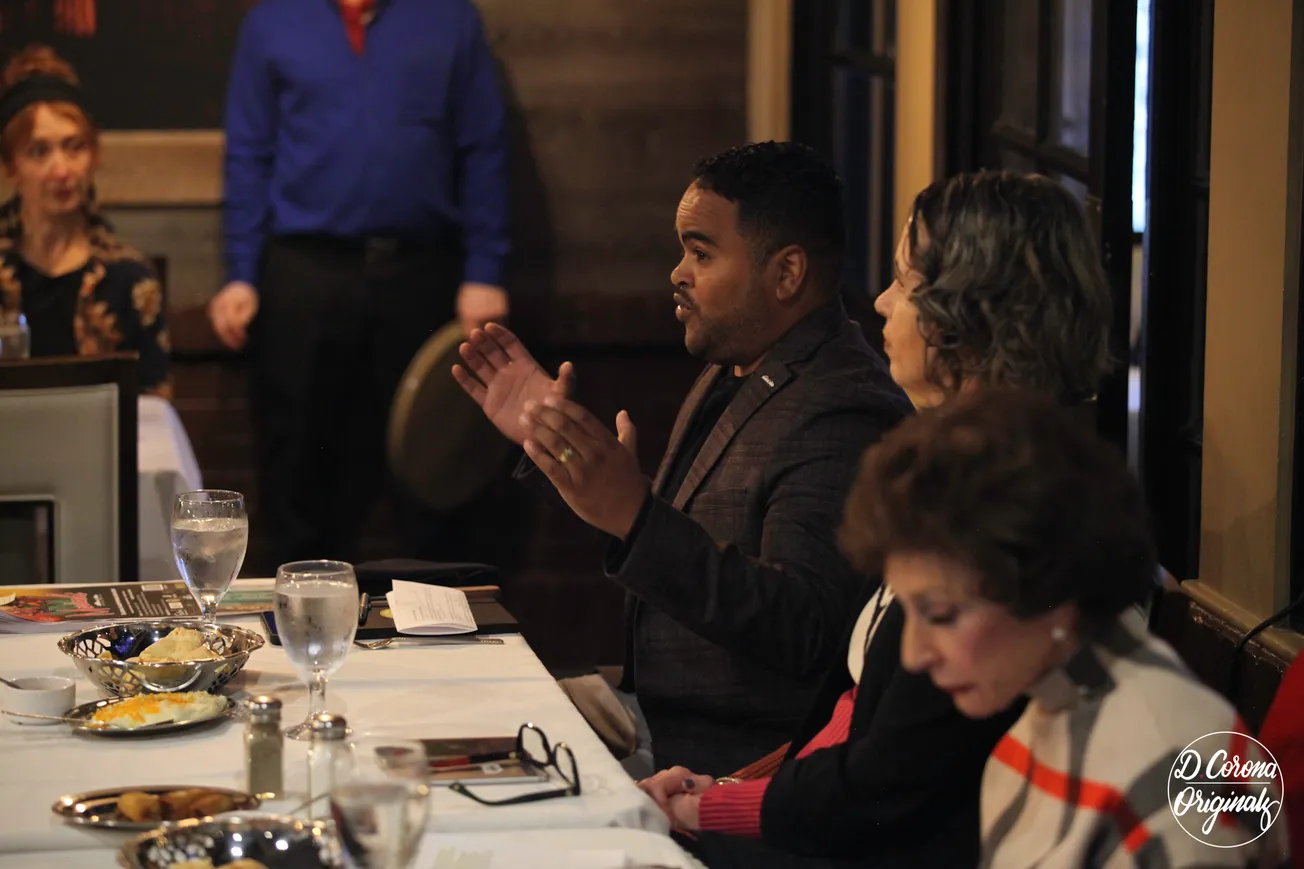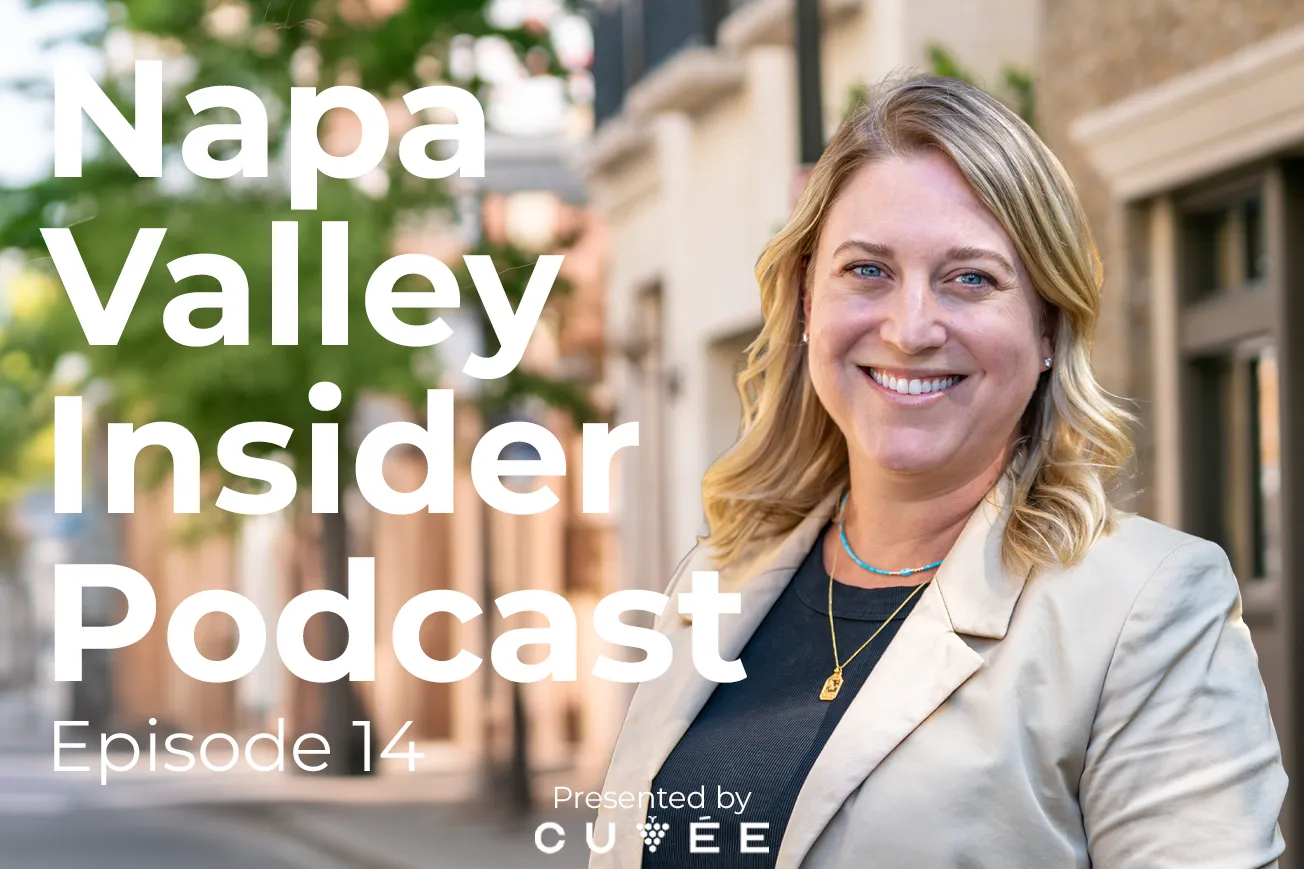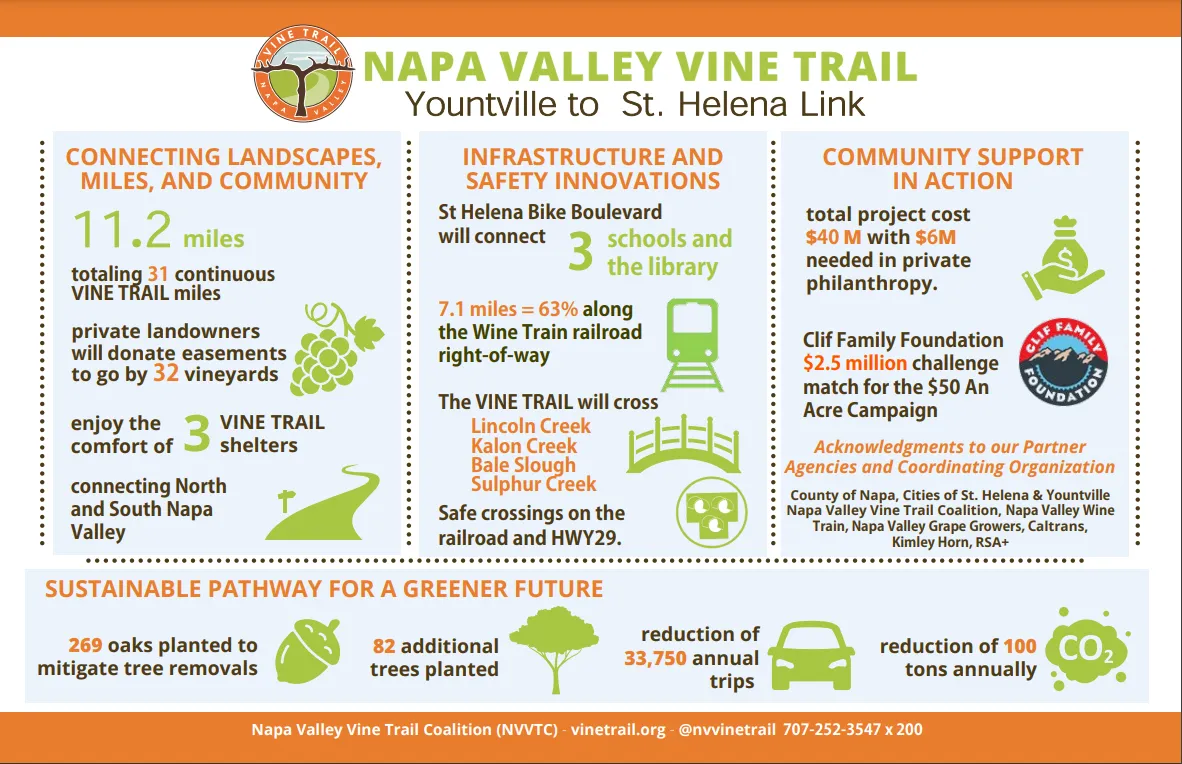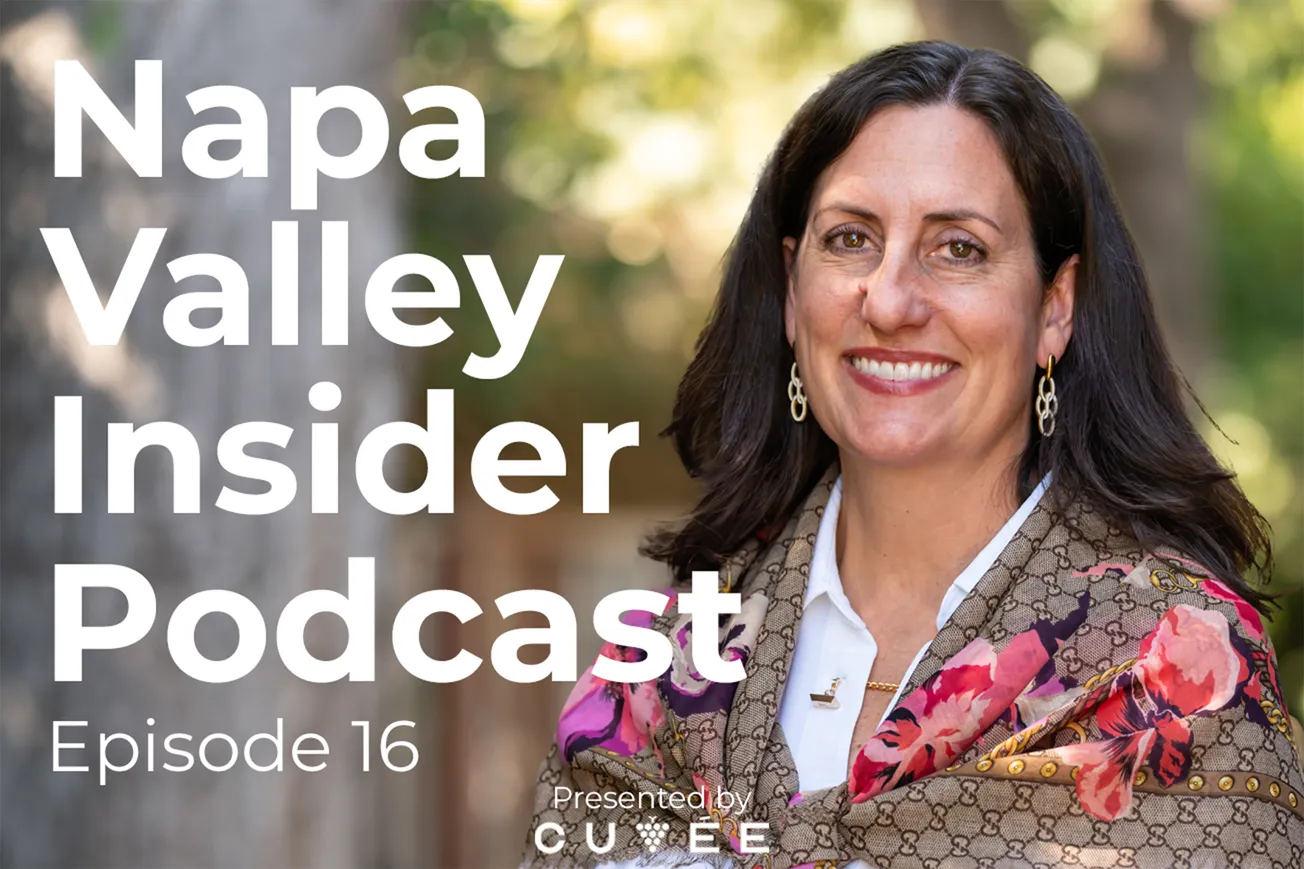“Is there anybody in this room who ever went to school and then went home and said, ‘Why do I have to learn this? When am I ever going to use this?’”
Napa County Superintendent of Schools Dr. Barbara Nemko, a panelist at the second Latino Leaders Round Table, posed this question, which encapsulated the focus of the event: Student engagement in schools. This is also the goal of Napa Valley Unified School District, Napa Valley Community College and the Napa County Office of Education.
Beginning more than decade ago, the luncheon, a collaboration between the Napa County Hispanic Chamber of Commerce and the Latino Leaders Round Table, creates a space for the community to come together and have in-depth conversations on topics such as mental health, policing and housing, said Alonso Corona, executive director of the Hispanic Chamber of Commerce. The event's emphasis this month was local education.
Nemko, the longest-serving county superintendent in the state, works closely with pre-kindergarten and kinder students. Individual academic engagement begins even before they enter the education system, she said.
“There is a 30 million-word gap that students whose first language is not English have versus those whose first language is English,” Nemko said. “We need to get all children entering kindergarten on an equal level playing field. Engaging kids is even harder now because we compete for their attention.” Non-educational screen time is a primary factor, she said.
“Footsteps to Brilliance,” an early digital software created by the Napa County Office of Education that reads e-books in Spanish and English, was implemented in 2011 to help address the advancement of English language and literacy. It is available today at no cost for families and has since been adopted by the state of California.
Still, as Napa County students move through the education system, reading proficiency levels compound with other barriers. Latino students are the most vulnerable to inequities– said panelist Dr. Rosanna Mucetti, Superintendent of Napa Valley Unified School District.
“We are dealing with post-pandemic absenteeism, declining enrollment and a current organizational culture where Latino parents have historically felt invisible, Mucetti said. “How do we send a message to those families that their voice matters, that we center them in our decisions?” The Napa Valley Unified School District is 65 percent Latinx, and more than half of the enrolled students are from socio-economically disadvantaged backgrounds. “Our student demographic has specific needs, and we are strengthening pipelines to college.”
This strengthening is happening locally. One instance is building partnerships with Napa Valley Community College.

Dr. Torence Powell, the president of Napa Valley College who has been working in the California Community College system for more than a decade, said engaging students is about meeting them where they are. “Most of our students are in their mid-20s, which usually means they did not go to a four-year college or went straight to work.”
“Let’s talk demographics,” he added. “About 45 percent of our students are Latinx, which is high for an institution, but it is not 65 percent [referring to the NVUSD total Latinx population]. Let’s start with the fact that the students in our community college from our largest feeder district, NVUSD, are not mirrored. There is already an exit point in terms of potential students entering from NVSUSD that we need to address.”
It is often not students’ capacity to excel in the classroom that makes them successful; it is their ability to get support services in time that is going to help them be engaged students with success stories, Powell said. “It is also, is in large, part our institutional ability to close inequities for our students, predominantly our Latinx students.”
In March, a public meeting between Napa Valley Community College and Napa Valley Unified School District will explore the development of dual enrollment initiatives, aiming to reduce the gap between high school graduation and college entry for Napa students.








